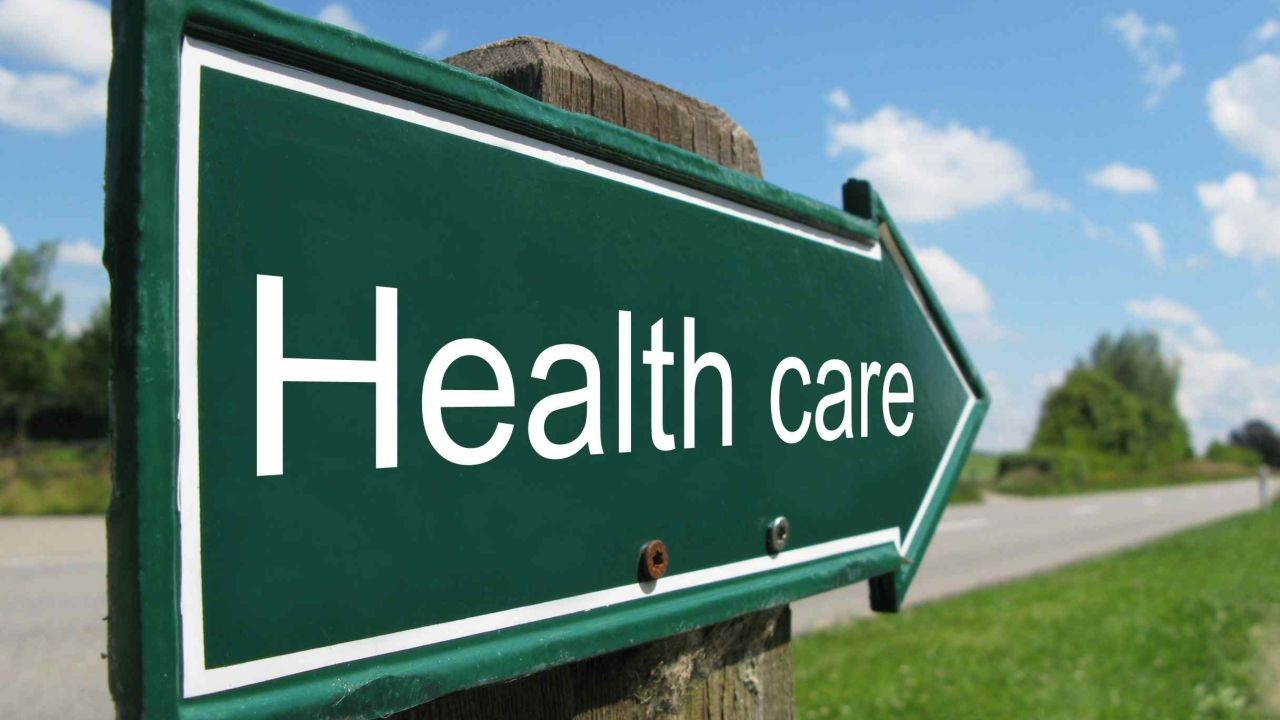In the lush landscapes of New Zealand, a pressing issue looms over the horizon—the struggle of the healthcare system to adequately serve rural populations. While often regarded as a beacon of comprehensive healthcare, New Zealand's system faces unique challenges in its rural areas. These challenges are not just administrative hurdles but deeply impact the quality of life for those residing outside urban centers. As the country strives towards equitable healthcare access, understanding these challenges becomes crucial.
Understanding the Healthcare Struggle in Rural New Zealand
New Zealand's healthcare system is lauded for its accessibility and affordability, yet rural areas face a starkly different reality. With approximately 20% of New Zealand's population living in rural areas, the healthcare disparity is significant. A study by Stats NZ highlighted that rural residents have less access to healthcare facilities and professionals compared to their urban counterparts. This geographical divide leads to longer travel times for patients, delayed medical interventions, and increased healthcare costs.
The Impact of Geography on Healthcare Access
Geography plays a pivotal role in healthcare access across New Zealand. Rural areas such as the West Coast and Southland face challenges due to their remoteness, leading to fewer healthcare facilities and professionals. The Ministry of Business, Innovation and Employment (MBIE) reported that rural healthcare facilities often struggle with staffing shortages, exacerbating the issue of delayed medical care.
Economic Factors Influencing Rural Healthcare
Economically, rural healthcare struggles are intertwined with New Zealand's broader fiscal landscape. The Reserve Bank of New Zealand highlights the economic disparity between urban and rural regions, impacting the allocation of resources for healthcare. Limited economic growth in rural areas often results in restricted funding for healthcare infrastructure, further widening the gap in healthcare services.
Case Study: Healthcare Challenges on the West Coast
Problem: The West Coast region, with its rugged terrain, exemplifies the healthcare challenges faced by rural New Zealand. Residents have long travel times to reach healthcare facilities, and the region suffers from a shortage of healthcare professionals.
Action: In response, the West Coast District Health Board implemented telehealth services to bridge the gap between patients and healthcare providers. They utilized digital platforms to provide consultations and follow-up care remotely.
Result: Within a year, the region saw a 30% increase in patient consultations, reducing the need for travel and improving access to healthcare services.
Takeaway: The success of telehealth on the West Coast highlights the potential of digital solutions in overcoming geographical barriers in healthcare. This approach can be replicated in other rural areas to enhance accessibility.
Exploring Solutions: Bridging the Healthcare Divide
Addressing rural healthcare challenges in New Zealand requires a multifaceted approach. Solutions must focus on improving infrastructure, increasing healthcare workforce capacity, and leveraging technology to provide care remotely.
Infrastructure Development and Investment
Enhancing healthcare infrastructure in rural areas is crucial. The government and private sector need to invest in building more clinics and hospitals to reduce travel times for patients. This requires strategic planning and collaboration between local communities and healthcare providers.
Incentivizing Healthcare Professionals
Attracting healthcare professionals to rural areas is vital for improving access to care. Offering financial incentives, professional development opportunities, and lifestyle benefits can entice healthcare workers to practice in rural regions. The New Zealand government has introduced initiatives such as student loan forgiveness for doctors and nurses who commit to working in rural areas.
Embracing Telehealth and Digital Solutions
Telehealth has emerged as a game-changer in rural healthcare. By providing remote consultations and follow-ups, telehealth reduces the need for travel and allows patients to receive timely care. Expanding internet connectivity and digital literacy in rural areas will enhance the effectiveness of telehealth services.
Industry Insight: The Role of Technology in Transforming Rural Healthcare
Technology is poised to revolutionize rural healthcare in New Zealand. Emerging trends such as Artificial Intelligence (AI) and machine learning are being integrated into healthcare systems to predict patient needs and personalize care. AI-driven diagnostics can assist healthcare professionals in making accurate and timely decisions, particularly in resource-limited settings.
Additionally, mobile health applications are empowering patients by providing health information and self-management tools. By leveraging technology, rural healthcare can become more efficient and patient-centered.
Pros and Cons of Rural Healthcare Initiatives
Pros:
- Improved Access: Initiatives like telehealth provide immediate access to healthcare services, reducing travel burdens.
- Cost-Effective Solutions: Digital healthcare solutions are often more cost-effective, reducing the need for physical infrastructure.
- Community Engagement: Local healthcare initiatives foster community involvement, creating tailored solutions for specific needs.
Cons:
- Technology Barriers: Limited internet connectivity in rural areas can hinder the effectiveness of telehealth services.
- Workforce Challenges: Attracting and retaining healthcare professionals in rural areas remains a significant hurdle.
- Funding Limitations: Rural healthcare initiatives often face funding constraints, impacting long-term sustainability.
Debunking Myths About Rural Healthcare in New Zealand
Myth: "Rural healthcare is as accessible as urban healthcare." Reality: Stats NZ reports that rural residents often experience longer wait times and reduced access to healthcare services compared to urban areas.
Myth: "Telehealth is only suitable for minor health issues." Reality: Recent advancements in telehealth technology allow for comprehensive consultations and management of chronic conditions.
Future Trends in Rural Healthcare
The future of rural healthcare in New Zealand is promising, with several trends poised to reshape the landscape. By 2028, it's anticipated that 50% of healthcare consultations in rural areas will be conducted via telehealth, significantly improving access to care. Additionally, the integration of AI and data analytics will enhance decision-making and resource allocation, leading to more efficient healthcare delivery.
Conclusion: A Call to Action for Rural Healthcare Improvement
As New Zealand navigates the challenges of rural healthcare, collaboration between government, healthcare providers, and communities is essential. By investing in infrastructure, embracing technology, and incentivizing healthcare professionals, the country can bridge the healthcare divide and ensure equitable access for all residents.
What are your thoughts on the future of rural healthcare in New Zealand? Share your insights and engage in the conversation!
People Also Ask (FAQ)
- How does rural healthcare impact New Zealand?Rural healthcare challenges lead to longer wait times and increased costs, affecting 20% of the population. Addressing these issues is crucial for equitable healthcare access.
- What are the biggest misconceptions about rural healthcare?One common myth is that rural healthcare is as accessible as urban healthcare. However, Stats NZ shows significant disparities in access and service quality.
- What are the best strategies for improving rural healthcare?Improving infrastructure, incentivizing healthcare professionals, and expanding telehealth are key strategies for enhancing rural healthcare access and quality.
- Who benefits the most from improved rural healthcare?Rural residents, healthcare providers, and local economies benefit from improved healthcare access, leading to better health outcomes and community well-being.
Related Search Queries
- New Zealand rural healthcare challenges
- Telehealth in New Zealand
- Healthcare access in rural areas
- Incentives for rural healthcare professionals
- Technology in rural healthcare































JurgenSkut
6 months ago